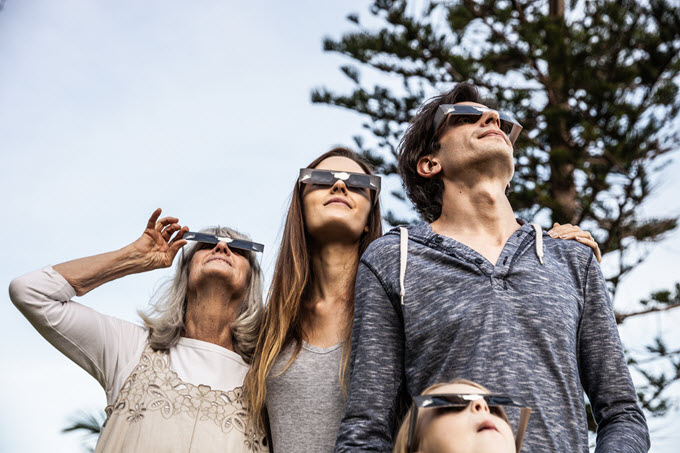Eclipse Viewing Eye Safety
Note: This information does not replace medical advice. Readers with related medical questions should contact a qualified eye care professional.
Mark your calendars for the “Great American Eclipse” – August 21, 2017!
For the first time in 38 years, the continental U.S will experience a total solar eclipse. This rare astronomical phenomenon occurs when the earth, sun and moon align causing what astronomers call a “total eclipse”. The August 21st eclipse will follow a path stretching across 12 states from Oregon to South Carolina. This unique path will make it possible for all of North America to see this exciting event from coast to coast.
However exciting, the sun at the time of an eclipse is dangerously bright and can cause damage to unprotected eyes.
Share these resources about the 2017 Eclipse and how your patients can keep their eyes safe while viewing:
What is an eclipse?
America’s space agency, NASA, provides great information about the science behind a solar eclipse, 3D viewing maps and educational activities for a wide range of ages.
Eclipse Misconceptions: Human being have marveled at eclipses well-before the beginning of documented history. This has resulted in many misconceptions, including how eclipses impact health or their ability to predict future events
Best places to view the Eclipse – What type of eclipse you see will depend on your geographical location. While all of the continental U.S will view the eclipse, most states will only see a partial eclipse. A total eclipse will only be visible on the path of totality – which is about 60-70 miles wide. Download the a list of the best places to view the 2017 eclipse here.
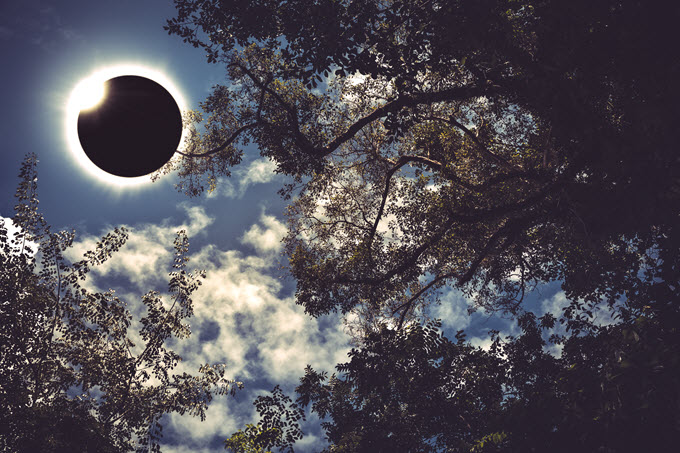
How to View Safely
Important: The ONLY safe way to look directly at an uneclipsed or partially eclipsed sun is through special solar filters – or “eclipse glasses”. Sunglasses or polarized sunglasses do not provide adequate protection and should not be substituted.
American Astronomical Society’s Tips for Eclipse Safety: Part of the National Science Foundation, American Astronomical Society (AAS) gives a great overview of how to safely view the eclipse.
Eye Safety During a Total Solar Eclipse: This detailed list of safety instructions is great for sharing and includes eclipse illustrations and viewing times per geographical location.
Where to Find Solar Eclipse Glasses: Quality eclipse glasses or solar viewers are required for a safe viewing. This article identifies the requirements for ISO certified solar-eclipse glasses.
Download Free 2017 Eclipse Resources
Be part of this once-in-a-lifetime event! Download our free Eclipse 2017 materials.
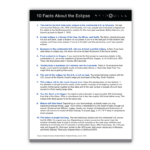
Top 10 Facts About the Eclipse – When do solar eclipses happen? Will I be able to see the eclipse? Share these 10 eclipse facts – from which U.S cities have the best view to when to expect the next total eclipse.
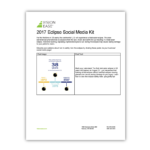
Eclipse 2017 Social Media Kit – Join the online conversation! Download our free Eclipse 2017 Social Media Kit for free material for your business’ social media channel. (Kit includes: 3 web-ready graphics, 3 post texts, recommended links)
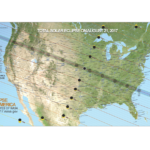
2017 Eclipse Map – This map shows the path of the moon’s “umbral shadow” where the sun is completely obscured by the moon.

